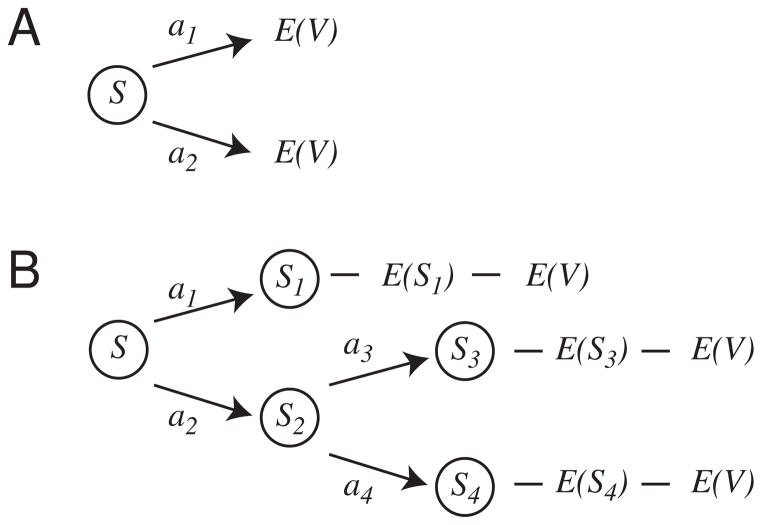Fig 1. Decision-making under formulations of cache-based stimulus-action (A) and expectation-based planning (B) strategies.
Both strategies require a situation-recognition component to produce a starting point S for predictions within the decision-making process. In cache-based models (A), decision-making entails selecting the action a with the maximum expected return E(V). This means that actions are judged only in terms of their cached expected return. In planning models (B), active memory processes allow exploration of potential future situations S1, . . . , S4. The outcome of each potential future E(Si ) can then be compared to the animal’s current needs to determine the expected value E(V). Because planning systems include future situation predictions, it can remain flexible under conditions in which cache-systems remain rigid. However, because the planning system must serially search into possible futures, it will require processing time not required by the cache-system.

